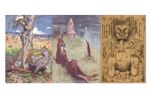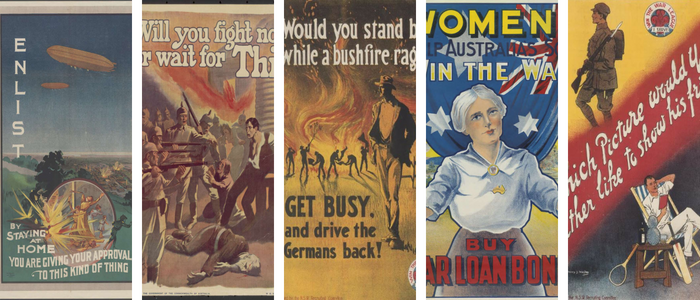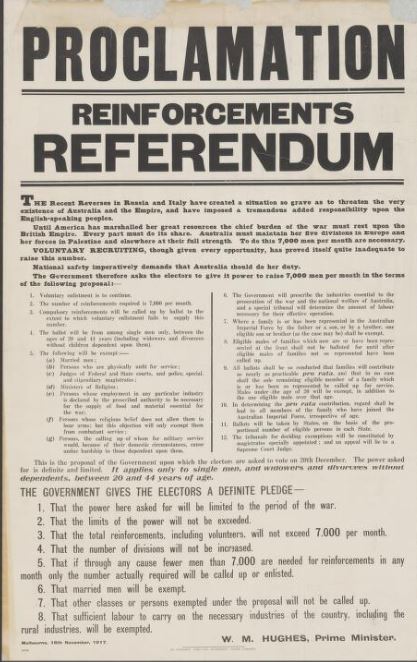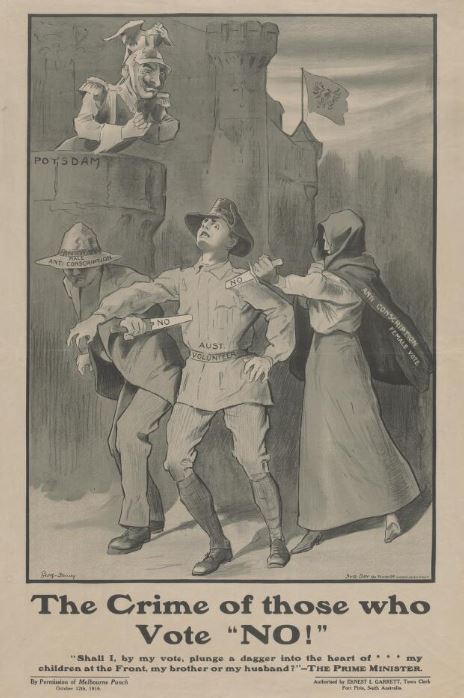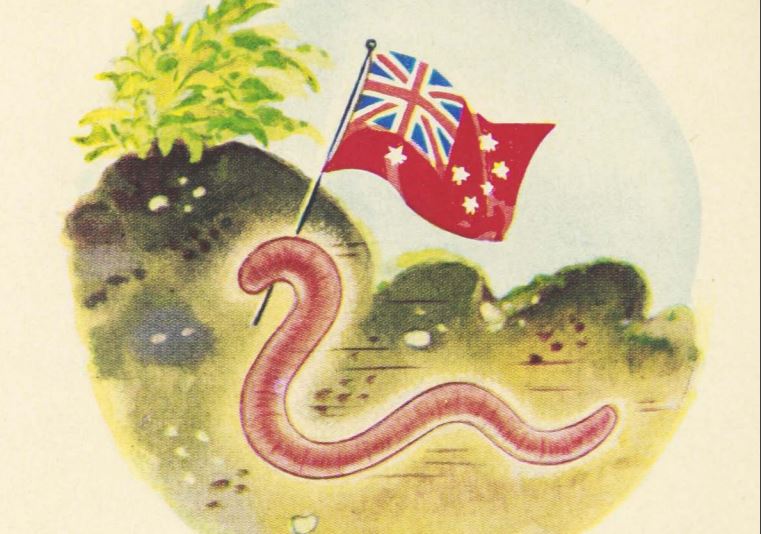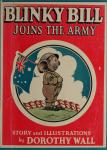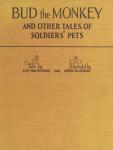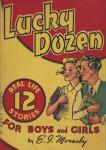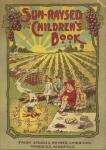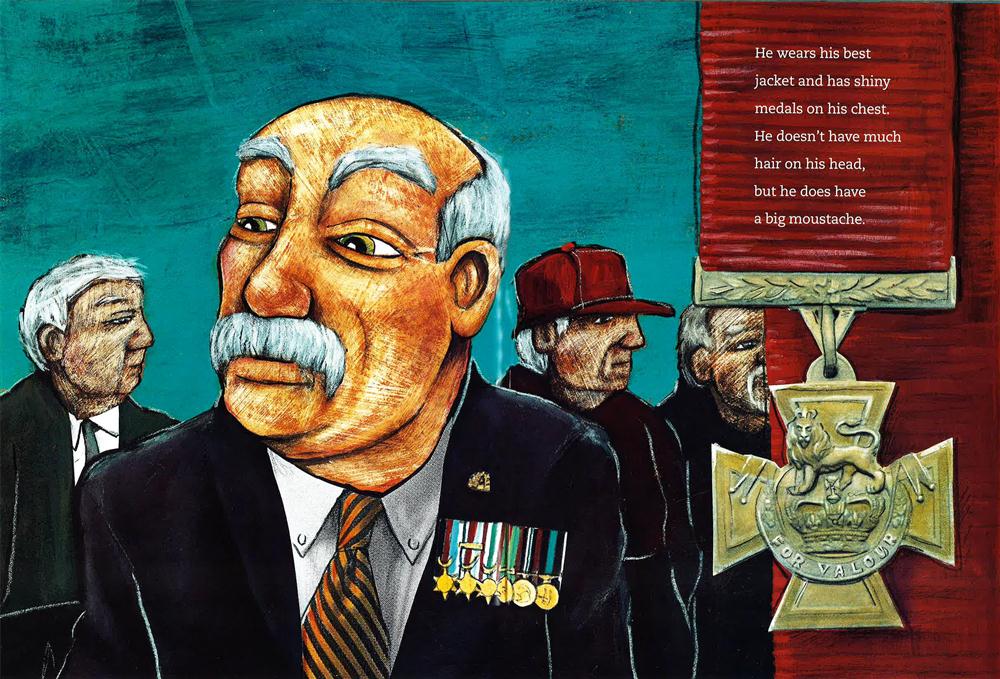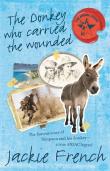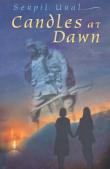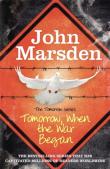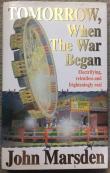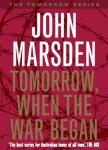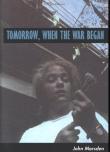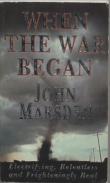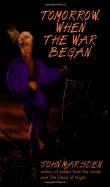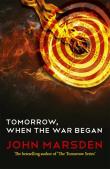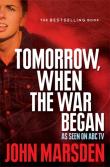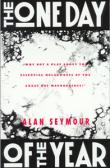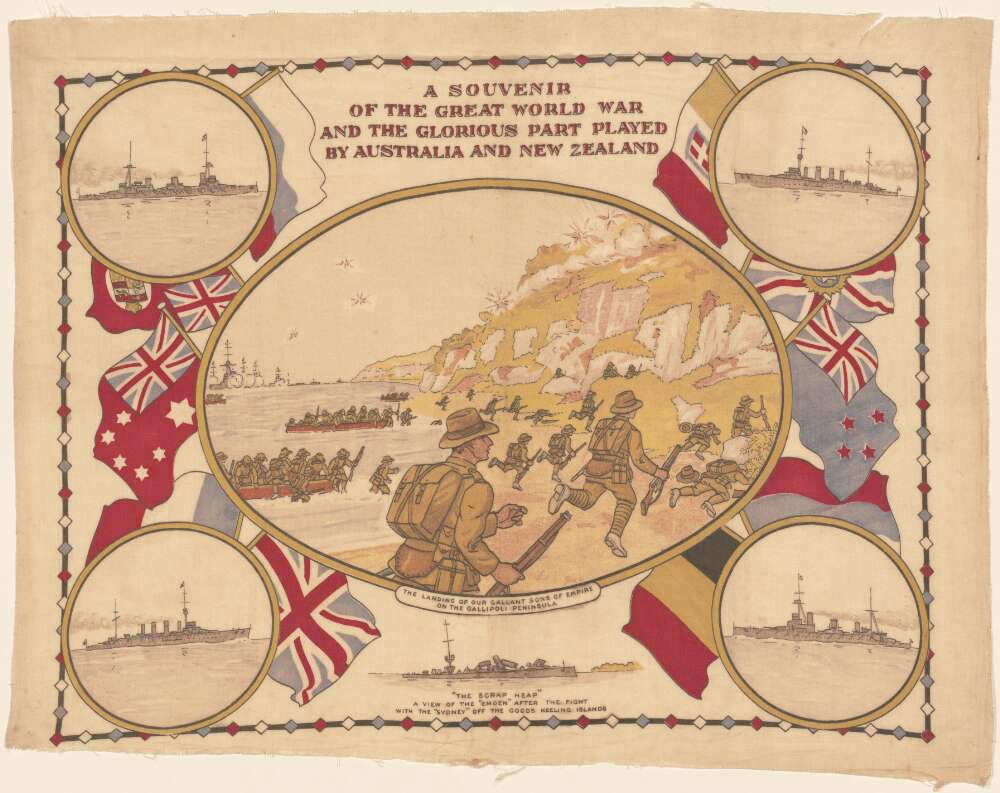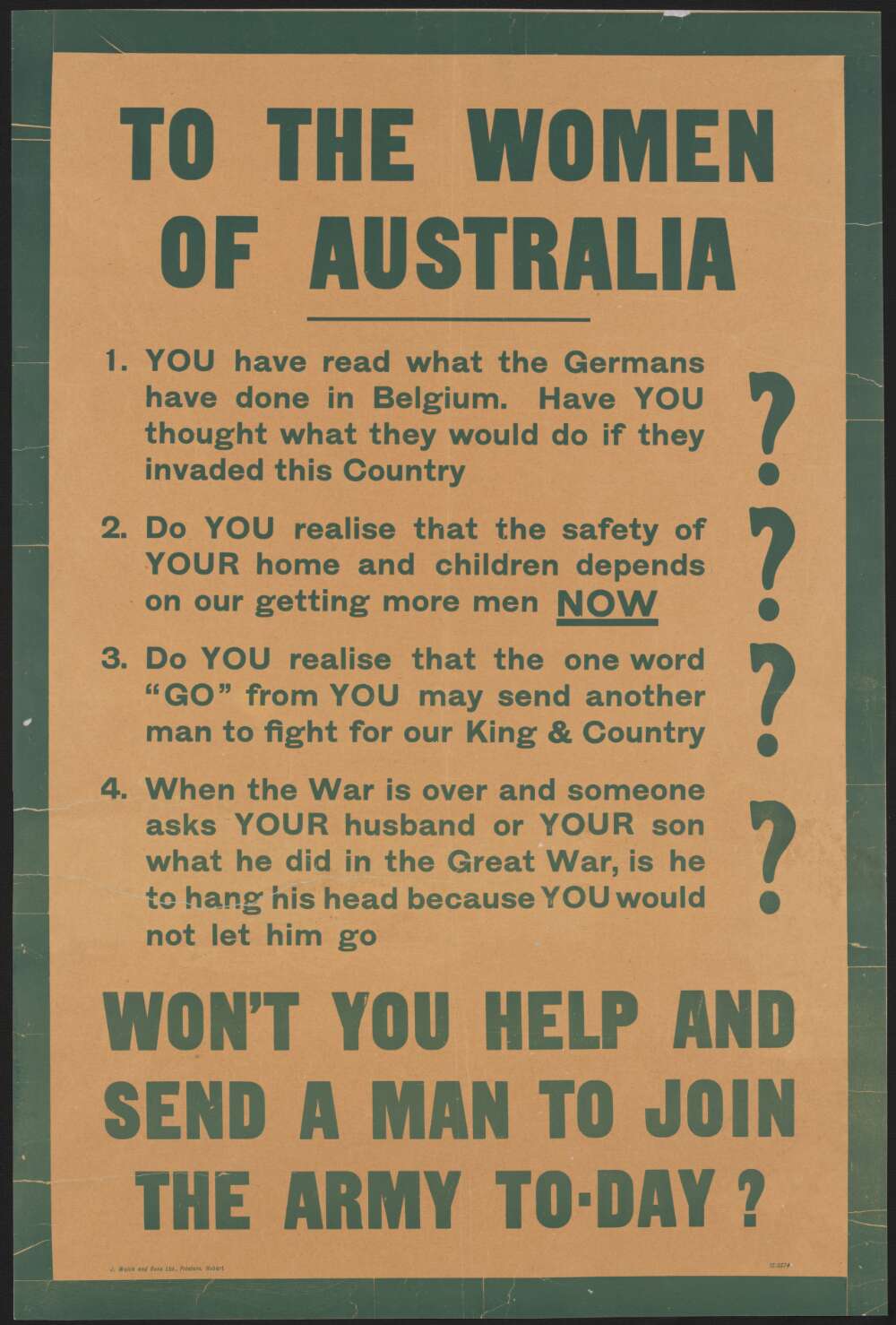AustLit
-
This Exhibition, Australia's Engagement with War, is related to a further three Exhibitions: The Anzac Tradition, The Roles of Women in War, and The Conscription Debate. In examining representations of Australians at war in both the CLDR texts and contemporary texts these Exhibitions are guided by the overarching maxim "Some things change; some things stay the same".
Suggested Audience: Primary & Secondary
This trail contains three sections:
The Conscription Debate | The Anzac Tradition | The Roles of Women in War
Trail created by Cherie Allan.
-
Upon the outbreak of conflict in World War I men were initially eager to volunteer for overseas service. However, as the war dragged on the number of new volunteers signing up declined. Several campaigns appealing for more volunteers failed to produce sufficient numbers to cover losses already sustained, so the then Prime Minister, W. M. (Billy) Hughes, decided to have a referendum on the issue of conscription. The issue caused deep divisions within Australia with large meetings held both for and against the idea of conscription. Many people thought positively of conscription as a sign of loyalty to Britain and believed that it would also support the men at the front. However, trade unions feared that their members might be replaced by foreign or female labour and opposed conscription. Yet others opposed it on moral or religious grounds.
The women's vote was seen as important and campaign information from both sides targeted women voters. The first referendum (1916) was narrowly lost which caused further divisions and resulted in a split in the Australian Labor Party. Another vote in 1917 was also lost.
The conscription debate was raised again in 1943 during World War II. However, rather than risk a referendum on the issue, Prime Minister Curtin allowed the Labor Party to debate the decision to allow Australian troops to fight beyond the current areas where Australian troops could be sent on active service. The Act was changed with little opposition expressed which thus avoided the divisiveness and bitterness of the 1916/1917 referenda.
During the Vietnam War the National Services Act (1964) introduced compulsory National Service for 20-year-old males, with the selection process based on a ballot related to date of birth. Widespread opposition to conscription escalated during the late 1960s including campaigns by various women's groups such as the Save our Sons (SOS) organisation. Following the election of the Australian Labor Party to Federal Government on December 2nd 1972 conscription was ended on December 5th, 1972. To date there has not been any further conflicts in which Australian conscripts have been forcibly recruited.
See below for resources related to the conscription debate:
-
The poster to the left is an example of the propaganda campaigns waged during the lead-up to the referendum on conscription during World War I. This particular poster is authorised by the Prime Minister Billy Hughes and outlines his reasons for the referendum and his government's pledges if voters agree to his proposal.
The poster below clearly shows the lengths to which the government was prepared to go to secure the Yes vote. How would a contemporary audience react to a similar poster or advertisement today on issues pertaining to Australia's role in Afghanistan for instance?
-
Two referendums were held during WWI in an attempt to boost recruitments through conscription (1916 and 1917). There was sustained pressure form the British Government on the Australian Government to maintain numbers of Australian soldiers.
Read about the history of the conscription referendums on the National Museum Australia's website. Or read the National Archives of Australian Fact Sheets.
-
 Includes a selection of stories previously published in the author's The Human Pedagogue and Told in the Dormitory, as well as new stories. (...more)See full AustLit entry
Includes a selection of stories previously published in the author's The Human Pedagogue and Told in the Dormitory, as well as new stories. (...more)See full AustLit entryOf particular relevance in this collection is the story "The Memorial" on the Great War which is also featured in the Trail on The Anzac Tradition. A study of the story also reveals the attitude of those in favour of conscription and their suspicions of those who were against it: "When compulsory military service had been mooted, in the days when the War was going badly, he had volunteered for active service, but had banked on the certainty of being rejected on the score of a shattered kneecap and a defective vision" (p. 34).
-
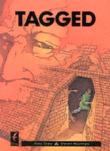 'In Tagged, the boy Jimmy is inspired by war comics to daydream that he is a fearless World War II fighter pilot in a lone Spitfire; but the real-life Jimmy is scared as he reluctantly pursues his dog into a derelict brickworks. At the centre of the brickworks' industrial labyrinth he finds a Vietnam War veteran who is obsessed with the guilt and pain of witnessing his friend's death at the moment when both soldiers were being lifted by a helicopter to safety.'See full AustLit entry
'In Tagged, the boy Jimmy is inspired by war comics to daydream that he is a fearless World War II fighter pilot in a lone Spitfire; but the real-life Jimmy is scared as he reluctantly pursues his dog into a derelict brickworks. At the centre of the brickworks' industrial labyrinth he finds a Vietnam War veteran who is obsessed with the guilt and pain of witnessing his friend's death at the moment when both soldiers were being lifted by a helicopter to safety.'See full AustLit entry
(Source: Alice Mills, Ballarat University) (...more)Tagged by Gary Crew and Steven Woolman has been described both as a picturebook and a graphic novel; It also contains elements of a comic. The text follows a young boy Jimmy as he takes his dog Max for an early Sunday morning walk. The pair stumbles across what appears to be an abandoned industrial site. As Max races off after a rat Jimmy, despite a growing uneasiness, is forced to follow. In the depths of the factory Jimmy discovers a scruffy man who turns out to be a Vietnam veteran. There are a number of threads running through the book with the main story rendered in colour interspersed with black and white images of a fighter pilot perhaps representing both Jimmy's day dreams of being a pilot and the living nightmares of the Vietnam veteran. This serves to provide a stark contrast between the excitement and heroism of Jimmy's day dreams and the brutal reality of the veteran's lived experiences.
-
To find more Australian stories about conscription use the links below. You can also visit the Exhibition on World War I in Australian Literary Culture.
conscription stories for children & young adults referenda & World War I poetry about conscription All works about 'conscription & compulsory military service' -
The legend of The Anzac spirit is a topic which has generated a great deal of discussion and debate over the years since 1915. General Sir Ian Hamilton’s introduction to Bud the Monkey, and Other Tales of Soldiers’ Pets (1932) demonstrates the high esteem in which the ANZACs were held: “But the chief distinction of an Anzac is that he was the first, the biggest, and the finest of all the war exports of Australia and New Zealand” (p.12). Gradually, through Australia’s involvement in subsequent wars, these sentiments led to the development of an ‘Anzac spirit’ which epitomises courage and endurance in the face of adversity rather than refer specifically to those who fought at Gallipoli. While fervour surrounding the Anzac Tradition has waxed and waned in the intervening years it is currently enjoying a period of popularity particularly in the lead up to the Centenary of the landing at Gallipoli in 2015.. Attending the commemoration ceremonies at Gallipoli on Anzac Day is undertaken as a pilgrimage by tens of thousands of Australians each year. The Australians at War website (see below) suggests: “The Anzac spirit will only remain relevant in the future if the Gallipoli tradition can be re-interpreted”. In engaging with both the CLDR texts and the contemporary texts and resources listed on this Exhibition the following question needs to be considered: How do the contemporary texts under study reinterpret the Anzac tradition as it is represented in the CLDR texts?
-
-
-
The saying "Keep the Home fires burning" has been chosen for this Trail as this expresses the expectations of the roles women traditionally would have fulfilled during times of conflict. Any discussion of the roles of women in war arising from an examination of the CLDR texts and in conjunction with contemporary texts and resources could consider the questions: How have the roles women played in war changed? How have they stayed the same?
This poster on the right, from the National Library Australia collection, shows the highly emotive appeals made to women to help increase recruitment numbers during World War I.
This poster is only one of many in various collections around Australia which specifically targeted women to help the war effort.
See below for a variety of texts about the roles of women in war.
-
Critical Essay - War, Women and the Bush: The Novels of Mary Grant Bruce and Ethel Turner / David Robert Walker
Comments on the portrayal of women, men and the bush in the novels of Mary Grant Bruce and Ethel Turner which were set during World War I. Walker draws particular attention to the disadvantages of being a woman and the qualities a woman should possess as portrayed in these novels. In their general behaviour, the characters of both sexes in the novels are permitted to be 'mildly unconventional' provided they still abide by the major social conventions of 'loyalty, decency [and] fair play'. Walker also points out the manner in which the bush is clearly depicted as a superior living environment, 'enhancing good health and wholesome attitudes to authority' and negating the 'socially harmful behaviour' engendered by life in the city. (...more)See full AustLit entryHow is this belief of the superiority of the Bush reflected in the image of the bushman/soldier of the poster listed in The Anzac Tradition above?
-
 One December during WWII, Mrs Spargo and her friend Mrs Roberts discuss their troubles, and the upcoming Christmas season. Mrs Spargo is so downhearted that she thinks 'we won't keep Christmas at all this year.' Her husband is away at the war, she has six children to care for, and her ten-year-old daughter Effie has been charged with larceny and with 'being an uncontrollable child, and living under conditions likely to lead to a life of vice and crime.' Mrs Roberts's lot is just as bad: her husband died seven years earlier, and she raised her two boys alone. (...more)See full AustLit entry
One December during WWII, Mrs Spargo and her friend Mrs Roberts discuss their troubles, and the upcoming Christmas season. Mrs Spargo is so downhearted that she thinks 'we won't keep Christmas at all this year.' Her husband is away at the war, she has six children to care for, and her ten-year-old daughter Effie has been charged with larceny and with 'being an uncontrollable child, and living under conditions likely to lead to a life of vice and crime.' Mrs Roberts's lot is just as bad: her husband died seven years earlier, and she raised her two boys alone. (...more)See full AustLit entry -
 See full AustLit entry
See full AustLit entryAccording to Bonza Schooldays, 'With Wendy at Winterton School follows Wendy's progression from a rebellious new girl to a valued member of the school [...] Wendy, the daughter of a butcher, is initially concerned the school will be full of snobs, showing her dislike for Felicity, the Head Prefect. When the Head compares Wendy's disloyalty to that of war traitors, Wendy begins to change her attitude and reconciles with Felicity, realising her error in judgement.
(...more)This novel is more a school story than a war story. However, it is set during wartime and allows readers a glimpse of the roles women and girls were expected to fulfil during war. It also documents the importance of patriotism to both school and country and the role Christian faith played in many people's belief systems. Wendy's bravery and near death parallels the constant danger in which the soldiers are placed. See the start of Chapter 6: The Ambulance Fund (pp. 40-43) for an outline of the effects of war on those left at home.
-
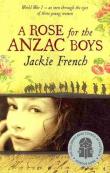 This image has been sourced from onlineSee full AustLit entry
This image has been sourced from onlineSee full AustLit entry'The "War to end all Wars", as seen through the eyes of three young women.
'It is 1915. War is being fought on a horrific scale in the trenches of France, but it might as well be a world away from sixteen-year-old New Zealander Midge Macpherson, at school in England learning to be a young lady. But the war is coming closer: Midge's brothers are in the army, and her twin, Tim, is listed as 'missing' in the devastating defeat of the Anzac forces at Gallipoli.
(...more) -
 Image courtesy of publisher's website.See full AustLit entry
Image courtesy of publisher's website.See full AustLit entry'The sixties are in full swing and going to a war is the last thing on Kathy's mind. For sixteen-year-old Kathy, it's all about miniskirts, the Beatles, discos and her fab new boots! The world is rapidly changing, her brother is fighting in the Vietnam War and her best friend is protesting against it. Kathy simply wants to live life and experience a world beyond her suburban existence. So when the chance comes for her to dance with an entertainment troupe in Vietnam, she slips on her boots, walks away from her convent school and heads off to war.
(...more)Related to the Vietnam war and includes discussions on the role of women and the conscription debate.
-
This book presents the funny, tragic and intensely personal stories of thirty five women who were deeply involved in the Vietnam War, either in the combat zone or on the home front. In this moving, enlightening and sometimes shocking chronicle, ordinary women reveal how they surmounted crises, overcame abuse, discovered what they believed in and found their true potential. (...more)See full AustLit entry
While the experiences of Australian soldiers involved in the Vietnam War have been extensively examined very little has been published on the experiences of the Australian women who served there. This non-fiction book records the oral histories of some thirty-five women who served in Vietnam as journalists, army nurses, typists, consular staff and entertainers. Minefields and Miniskirts records the voices of women who were actually in Vietnam; ordinary women who experienced adventure and romance as well as abuse and rape. The book was first published in 1993 but was re-issued in 2005. This new edition locates the story against the background of the war in Iraq and other contemporary conflicts.
-
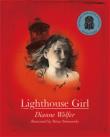 Image courtesy of publisher's websiteSee full AustLit entry
Image courtesy of publisher's websiteSee full AustLit entry'Based on the true story of Fay Howe, this gentle tale brings to life the hardships of those left at home during wartime. Drawing on fascinating archival material, and interweaving fact with fiction ... Dianne Wolfer and ... Brian Simmonds deftly recreate this period in Australian history from the perspective of a young girl.'
Fremantle Press website, www.fremantlepress.com.au (Sighted 23/02/2009)
(...more)Based on the true story of Fay Howe this picture book, through a blend of fact and fiction, brings to life the hardships of those left at home during wartime. Fay lives alone with her father on bleak, windswept Breaksea Island off the coast of Western Australia, but her life is completely changed by the advent of World War I. Albany is the embarkation point for all the troops of the combined Australian and New Zealand Imperial Forces, and Breaksea Island is their final glimpse of Australia. Faye engages in long distance conversations with the soldiers through letters and postcards and follows their fortunes from Egypt to Gallipoli. The novel is full of evocative illustrations, sepia photographs and news clippings. These archival materials, along with alternating diary entries and newspaper extracts, offer readers a different perspective on this period of Australian history.
-
 Screen cap from promotional trailerSee full AustLit entry
Screen cap from promotional trailerSee full AustLit entrySeven teenagers camp in a remote and idyllic location deep in the countryside. But that night, they see the sky filled with military aircraft, and return home to find their houses deserted and the locals detained in the showground. Escaping detection, the teenagers form themselves into a guerilla unit, hoping to prevent the invading Coalition Nations from bringing any more troops in by destroying the only bridge to nearby Cobbler's Bay, where the troop ships are moored.
(...more)
You might be interested in...

